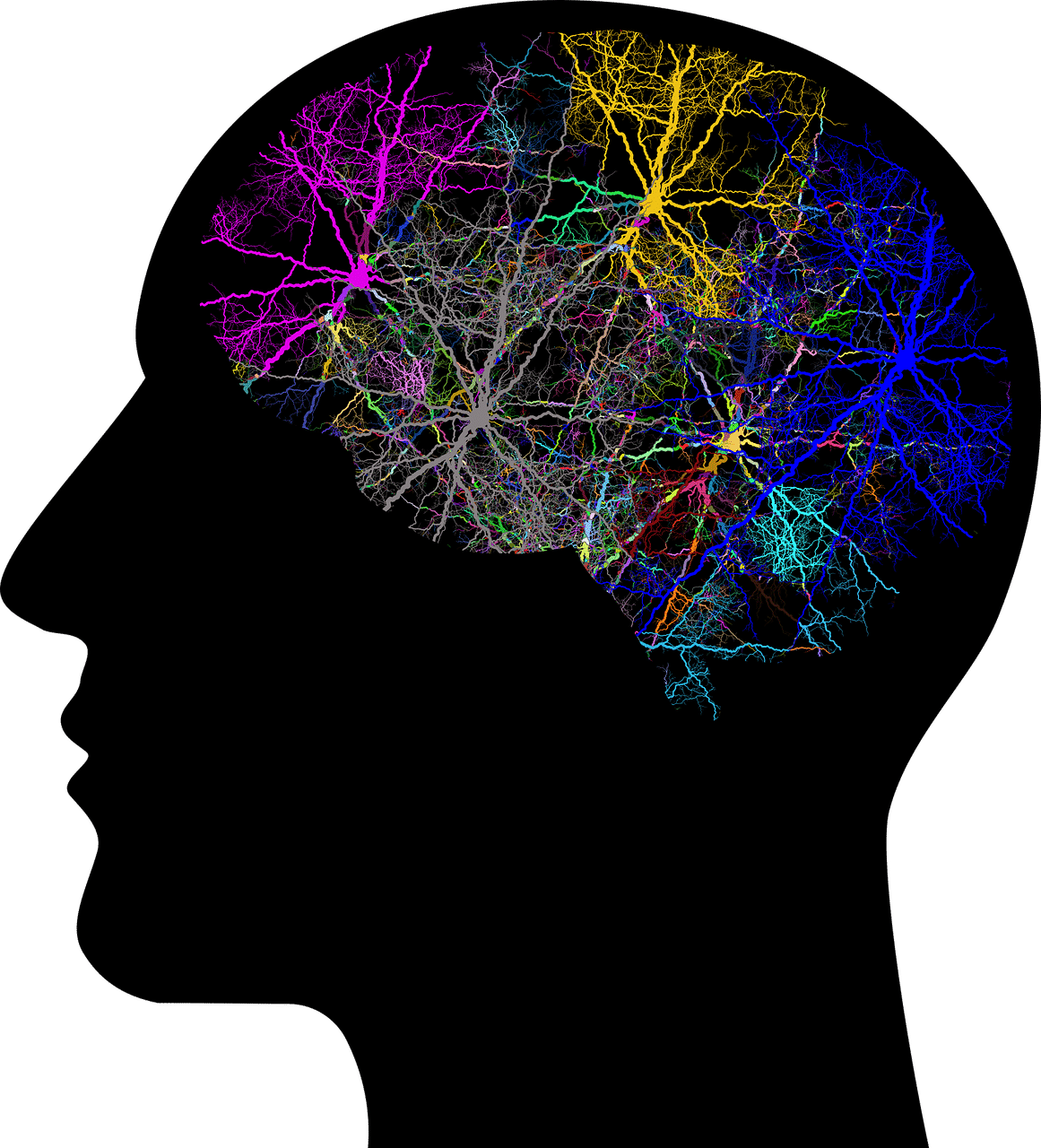
The synapse is a functional link between nerve cells.
The synapse is the functional contact relationship between the endings of nerve cells . It is a concept that comes from a Greek word that means “union” or “link.”
Before continuing, it is necessary to clarify the meaning of axon , given that it is an integral part of the synapse. It is an extensive and fine neuronal extension that begins in a region called exonic eminence , or from a dendrite , which is a branch of a nerve cell. Its appearance is conical and has certain protuberances known as nodes of Ranvier . It is worth mentioning that their membrane is called axoneme and that when they are outside the central nervous system, a sheath called myelin covers them. Among the functions performed by axons is the transmission of nerve impulses, both sending and receiving, although the first case is the most common.
This communicative process between neurons begins with a chemical-electrical discharge in the membrane of the sending cell ( presynaptic ). When said nerve impulse reaches the end of the axon , the neuron secretes a substance that stays in the synaptic space between this transmitting neuron and the receiving neuron ( postsynaptic ). In turn, this neurotransmitter is responsible for exciting another neuron.
Types of synapses
According to the type of transmission of the nerve impulse , the synapse can be classified as electrical or chemical . At the electrical synapse , pre- and postsynaptic processes are continuous due to cytoplasmic binding by tubular protein molecules, which allow the stimulus to pass from one cell to another without the need for chemical mediation. In this way, the electrical synapse provides low resistance between neurons and a minimal delay in synaptic transmission since there is no chemical mediator.
The chemical synapse is the most common type of synapse. In these cases, the neurotransmitter acts as a bridge between the two neurons, diffuses through the synaptic space and attaches to receptors, which are special protein molecules located in the postsynaptic membrane.

The synapse can be electrical or chemical.
Forms of synaptic transmissions
The union of neurotransmitters and receptors on the postsynaptic membrane generates changes in the permeability of the membrane, while the nature of the neurotransmitter and the receptor molecule determines whether the effect produced is excitation or inhibition of the postsynaptic neuron. By the way, synaptic transmissions occur in three predominant forms, which are:
- Arousal , when the chances of an action potential occurring increase;
- Inhibition , if it reduces these possibilities;
- Modulation , in the case in which it modifies the frequency or pattern of the tasks carried out by the cells participating in the transmission in question.
It is worth mentioning that excitatory and inhibitory transmissions represent the most important forces in any neuronal circuit.
social synapse
In a different area, the concept of social synapse refers to that invisible bond that is created between people, even between strangers, in situations such as a catastrophe. This is a very unique union of forces, in pursuit of a generally humanitarian objective; If this is not achieved successfully, then the suffering is collective and occurs at levels that remind us that we are all living beings, while if it is fulfilled, the satisfaction is greater than that experienced by a personal achievement.
As it is a union that does not require physical contact or prior knowledge of the rest of the people that comprise said emotional network, the social synapse speaks more of an approach to our roots as a species than of an interpersonal relationship. That is why even in the age of the Internet and mobile phones we are able to empathize with the victims of a tsunami in a country we may never visit.
